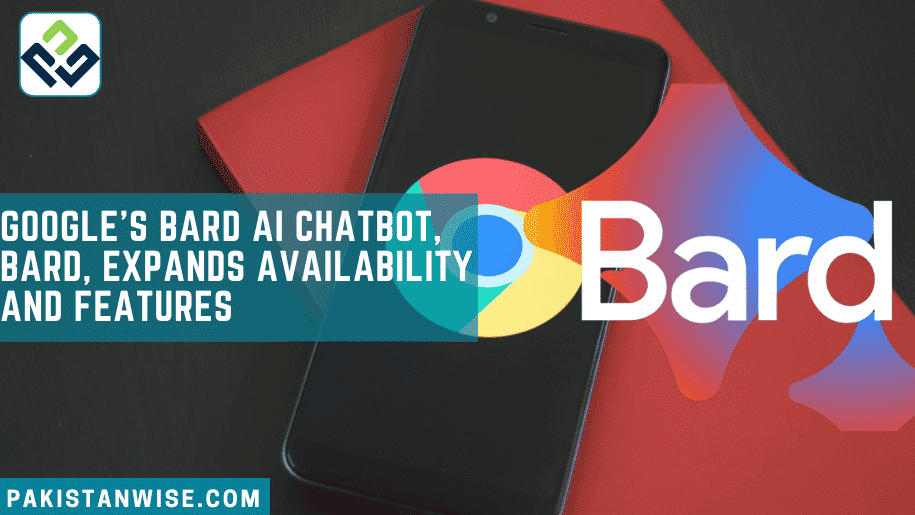Google has unveiled Bard, its latest generative AI chatbot, to a wider audience. Bard is now accessible in over 40 languages, including the European Union (EU), following initial concerns regarding privacy. This move comes in response to the increasing popularity of ChatGPT, a highly intelligent search engine and chatbot developed by OpenAI, a company that receives support from Microsoft, a competitor to Google.
In February, Google hinted at the development of Bard, seemingly as a quick response to the success of ChatGPT. ChatGPT utilizes large language models (LLMs) to generate content based on simple queries. The early access to Bard in English was initially available in the U.S. and U.K. In May, Bard’s availability expanded to 180 countries with support for Japanese and Korean, but the EU launch was delayed due to privacy concerns raised by the Irish Data Protection Commission (DPC).
Google’s delay in launching Bard in the EU stemmed from the DPC’s request for more information regarding data privacy. Finally, with the recent launch, it appears that Google has addressed the DPC’s concerns. Jack Krawczyk, Bard’s product lead, and Amarnag Subramanyk, VP of engineering, expressed in a blog post that they have been actively collaborating with experts, policymakers, and privacy regulators to facilitate this expansion.
Google touts this update as its “biggest expansion to date,” with Bard now available in most parts of the world and supporting multiple languages, such as Arabic, Spanish, Chinese, German, and Hindi. Furthermore, Bard is now accessible not only in the EU but also in Brazil.
Improvements and New Features Accompanying the broader availability, Google has introduced several new features to enhance the functionality and versatility of Bard. While some features were showcased in early May, their full deployment has taken place now.
Users can now modify Bard’s tone and style by choosing from options such as “simple,” “long,” “short,” “professional,” or “casual.” Initially, this toggle is only available in English. By selecting a specific style, users can adapt Bard’s responses to align with their desired tone.
Another noteworthy addition is the text-to-speech AI tool, enabling Bard to speak in more than 40 languages. Users can simply click on the sound icon next to a question to hear Bard’s responses.
In terms of efficiency, Bard now allows users to send Python code to Replit, a browser-based integrated development environment. While the use of images in prompts is currently limited to English, Bard has the capability to analyze photos. Additionally, users can now pin, rename, and revisit recent chats with Bard, thanks to new options. Sharing Bard’s answers with the wider audience has also become easier with the integration of links.
Google’s Perspective Krawczyk and Subramanyk emphasized in their blog post that Bard was created to nurture curiosity and imagination, helping users explore their ideas and take them further. While Bard initially faced challenges and fell short in comparison to other chatbots, such as ChatGPT, Google asserts that it has made significant improvements, particularly in mathematics and coding. Bard can now explain code, organize data in tables, and display images in its responses, leveraging Google’s own applications and services, as well as collaborations with third-party partners like Adobe.
Concerns and Criticisms Despite these advancements, reports from Bloomberg indicate that the individuals responsible for training Bard are often under immense stress and receive insufficient compensation. Contractors are reportedly paid as little as $14 per hour, receive minimal training, and are expected to complete complex audits of Bard within tight deadlines. This revelation raises concerns about the well-being of contractors and could potentially impact the quality of Bard’s responses.
In April, an Insider article revealed that Bard-testing contractors lacked sufficient time to verify the chatbot’s most accurate answers. It appears that, to date, no significant changes have been made to address this issue.
Related Article: European Commission Considers Breaking Up Google’s Adtech Business
Conclusion with Bard’s expanded availability and new features, Google aims to provide users with a more sophisticated and versatile AI chatbot experience. While initial criticisms plagued Bard’s early development, the company claims to have made substantial improvements, especially in the domains of mathematics and coding. However, concerns surrounding the well-being of Bard’s training contractors and the accuracy of its responses persist. As Google continues to refine and enhance Bard, it remains to be seen how it will shape the landscape of AI chatbots and contribute to users’ curiosity and creativity.

